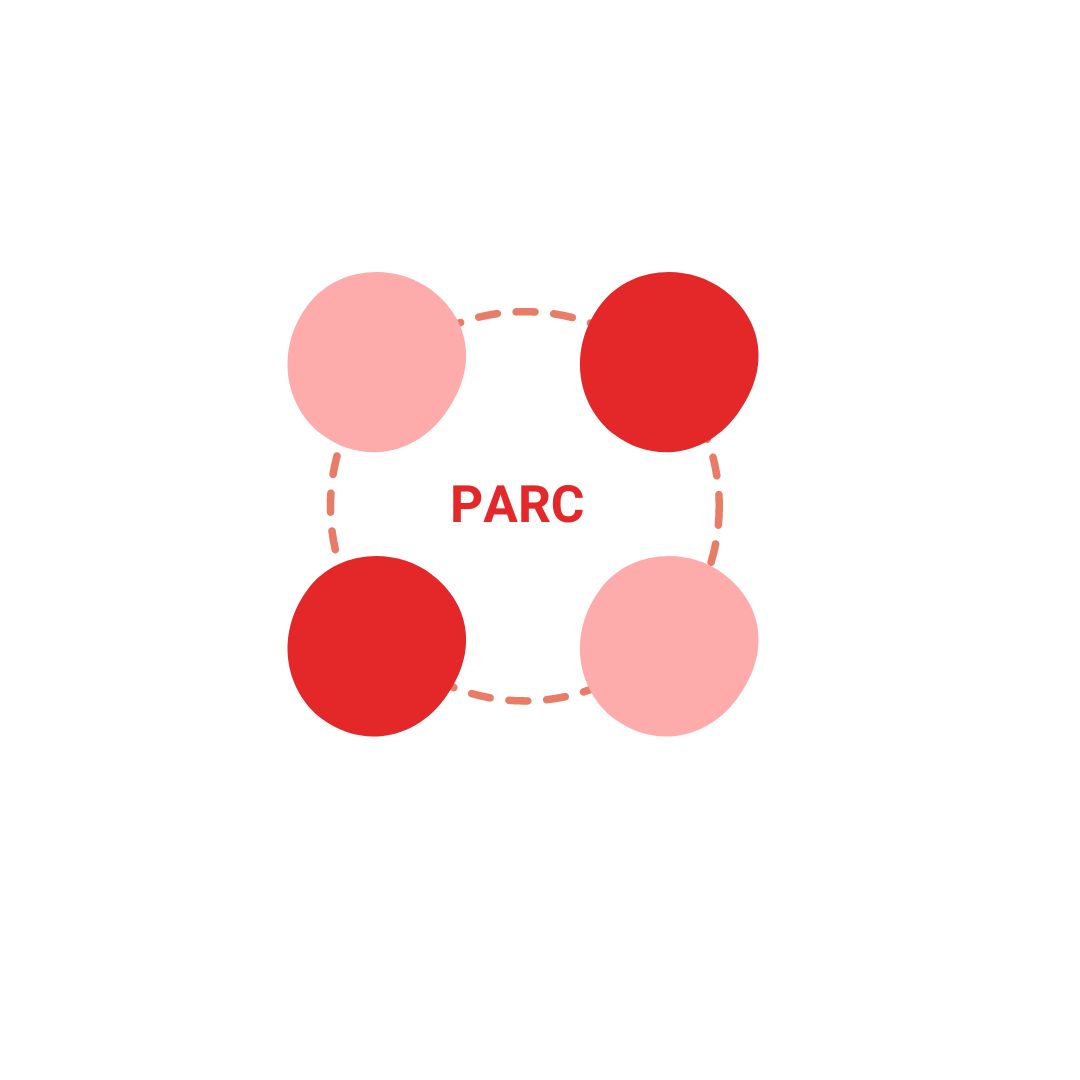
In the ever-evolving landscape of marketing and advertising, the concept of brand lift has emerged as a critical metric for measuring the effectiveness and impact of branding efforts. Brands are constantly seeking ways to stand out in a crowded marketplace and establish a strong connection with their target audience. Brand lift plays a pivotal role in achieving these goals by quantifying the increase in consumer awareness, perception, and engagement resulting from marketing campaigns. In this article, we will delve into the intricacies of brand lift, exploring the factors that influence it, how to measure it, essential metrics, and strategies to maximize its impact.
What is Brand Lift?
Brand lift refers to the measurable increase in consumer awareness, perception, and engagement with a brand as a direct result of marketing activities. It’s the quantifiable impact that a campaign has on influencing consumers’ attitudes and behaviors toward a brand. This impact is often measured by comparing key metrics before and after a marketing initiative, allowing brands to understand the effectiveness of their strategies in real-time.
Factors that Influence Brand Lift
a) Brand Communication:
Effective brand communication is the cornerstone of creating a strong brand lift. The content produced across different communication channels should not only be engaging but also resonate with the target audience. Crafting messages that connect emotionally and intellectually with customers can lead to a deeper brand affinity.
b) Targeting Audiences Across Channels:
Brands must ensure that they are reaching their target audience across various channels effectively. This involves using data-driven insights to understand customer preferences and behavior, allowing for tailored communication that resonates with specific demographics.
c) Omni-Channel Marketing:
Consistency is key in brand building. A customer’s journey involves multiple touchpoints – from social media to websites, to physical stores. Ensuring that the brand is visible and recognizable at each touchpoint reinforces its presence and increases the likelihood of brand recall.
How to Measure Brand Lift
a) Brand Searches:
Tracking the increase in brand-related searches is a direct indicator of heightened consumer interest. More searches for your brand after a marketing campaign suggest improved brand awareness.
b) Surveys:
Conducting surveys before and after a campaign can provide valuable insights into changes in consumer perception and sentiment. Questions related to brand recognition, preference, and recall can reveal the campaign’s impact.
c) Sentiment Analysis:
Monitoring customer sentiments across various channels can provide an understanding of how customers are discussing and perceiving the brand. Positive sentiments indicate a successful brand lift.
Metrics for Brand Lift
a) Reach:
The number of people exposed to your campaign is a fundamental metric. Increased reach suggests a broader brand presence and the potential for higher brand awareness.
b) Brand Recall:
This metric measures how well consumers remember your brand after exposure to a campaign. A higher brand recall signifies successful branding efforts.
c) Engagement:
Tracking likes, shares, comments, and other forms of interaction indicates the level of engagement your brand has generated.
d) Purchase Intent:
An increase in purchase intent demonstrates that the campaign has positively influenced consumers’ inclination to buy from your brand.
e) Customer Retention:
Brand lift is not just about acquiring new customers; it’s also about retaining existing ones. Improved retention indicates that the campaign has resonated with your loyal customer base.
f) Customer Lifetime Value:
Brand lift can contribute to a higher customer lifetime value, as customers are more likely to remain loyal and make repeat purchases.
g) Sentiments Across Channels:
Analyzing sentiment trends across different communication channels can provide a comprehensive view of consumer perceptions.
Strategy to Maximize Brand Uplift
a) Creating Customer Personas:
Develop detailed customer personas to understand your target audience’s preferences, behaviors, and pain points.
b) Segmentation & Personalizing Communication:
Tailor your messages to different segments within your audience. Personalization creates a stronger emotional connection.
c) Building Hypotheses to Run Experiments:
Formulate hypotheses about how your branding strategies will impact key metrics. This helps in setting clear expectations and measuring results.
d) Iterative Optimization:
Continuously monitor and analyze data to refine your strategies. Make data-driven adjustments based on the insights you gather.
Conclusion
In a world overflowing with information and choices, creating a strong brand presence is paramount. Brand lift serves as a compass, guiding marketers to strategies that resonate with their target audience and have a meaningful impact. By understanding the factors that influence brand lift, employing accurate measurement techniques, focusing on essential metrics, and implementing a strategic approach, brands can successfully elevate their influence, leaving an indelible mark on consumers’ hearts and minds.







